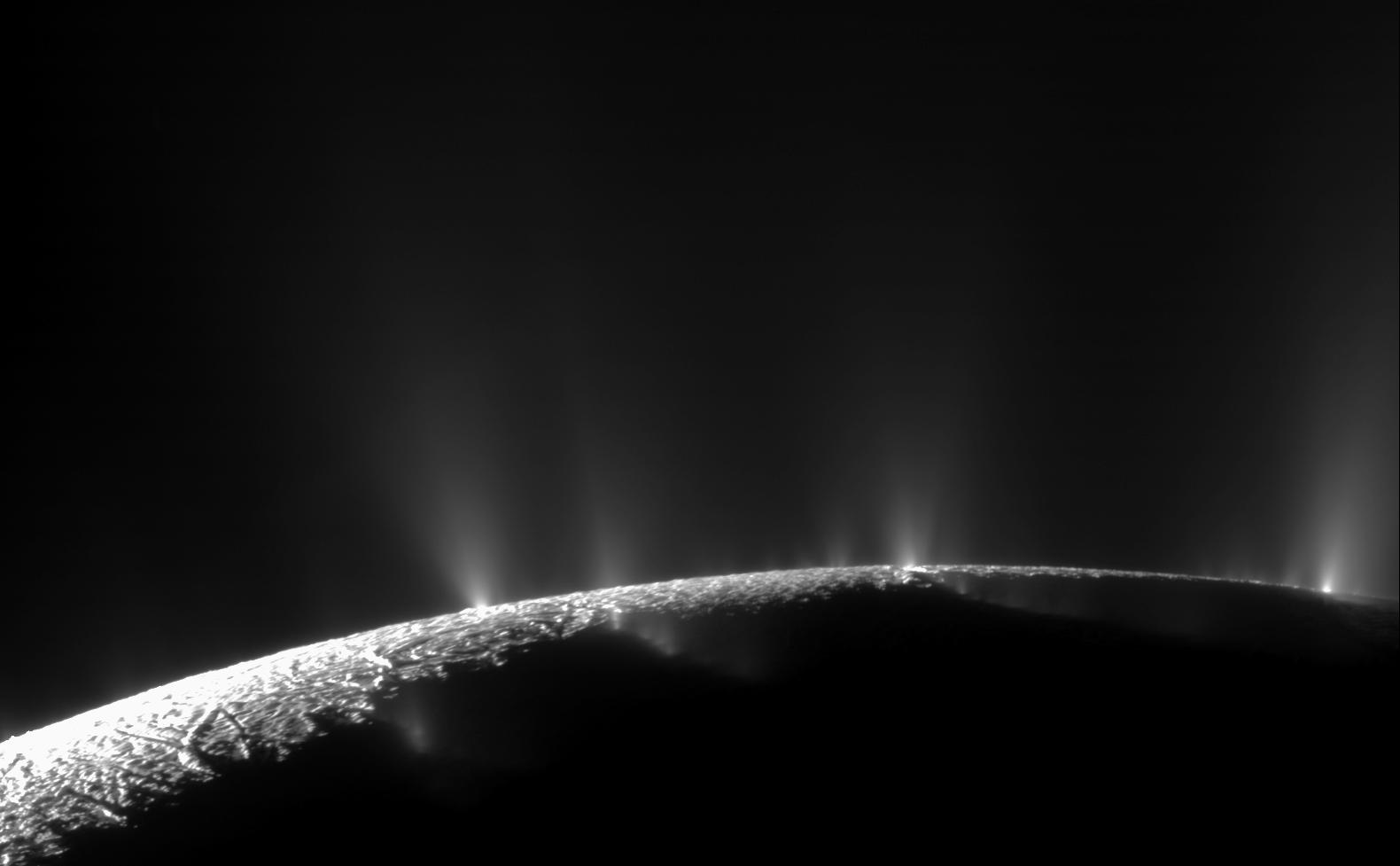4 min read
The most recent spacecraft telemetry was acquired on Aug. 2 from the Deep Space Network tracking complex at Goldstone, California. The Cassini spacecraft is in an excellent state of health and all subsystems are operating normally. Information on the present position and speed of the Cassini spacecraft may be found on the "Present Position" page at: http://saturn.jpl.nasa.gov/mission/presentposition/
Wednesday, July 27 (DOY 208)
Real Time Commands were uplinked today over Goldstone’s DSS-15 track in support of this weekend’s S69 Radio Science Subsystem (RSS) Saturn occultation Live Moveable Block (LMB), providing for the update of the vectors and the timing as necessary. The LMB file was confirmed to be registered and activated on board with execution starting over Canberra on DOY213/03:26:59.
Thursday, July 28 (DOY 209)
The Spacecraft Operations Team (SCO) held another telecon with the Cassini Plasma Spectrometer (CAPS) instrument team today. It was decided that the instrument will remain off for the time being while analysis of the power bus voltage imbalance continues.
Target Working Team and Orbiter Science Team integrated products for S72, covering orbits 160 through 164 in January 2012 through April 2012, were delivered today. The integrated products are in their final form and no re-integration is planned. The Sequence Implementation Process will kick off on Aug. 16. At this time, instrument teams are working on the pointing designs for this sequence.
Friday, July 29 (DOY 210)
Scientists met at a Rings Workshop at Cornell University, Ithaca, NY, July 27-29. This workshop explored the present state of investigations into the structure, composition and dynamics of planetary rings, emphasizing recent results from the Cassini Mission as well as current theoretical work and numerical simulations.
Saturday, July 30 (DOY 211)
The Science Planning and Sequencing Team (SPST) continued work on an alternate timeline for the Titan 79 (T79) flyby in the event that the CAPS instrument is still off. The Titan Orbiter Science Team (TOST) will meet on Aug. 5 to discuss the timeline. The S71 leads met this week to discuss implementation options and determine the schedule, including the cutoff date for when a decision needs to be made with respect to which timeline to execute for T79.
Sunday, July 31 (DOY 212)
Here are some of the highlights in science this week. The Composite Infrared Spectrometer (CIRS) completed a 23 hour mapping activity to determine Saturn's upper troposphere and tropopause temperatures. The Visual and Infrared Mapping Spectrometer (VIMS) performed a 12 hour, six-star calibration. CIRS later observed Saturn for 12 hours in order to measure oxygen compounds in the stratosphere, followed by an 11 hour Ultraviolet Imaging Spectrograph (UVIS) observation of Saturn’s aurora. The Imaging Science Subsystem (ISS) performed another observation in its Satellite Orbit Campaign, and images of Mimas, Rhea, Enceladus and Janus were taken for public outreach. CIRS started the Saturn segment with a Saturn mid-infrared (mid-IR) map, which helps determine Saturn’s upper troposphere and tropopause temperatures with a spatial resolution of about two degrees of latitude and longitude. UVIS completed a 16 hour Extreme Ultraviolet/Far Ultraviolet (EUV/FUV) observation which involved slow scans across Saturn's visible hemisphere to form spectral images.
Monday, Aug. 1 (DOY 213)
Today the Cassini Radio Science (RSS) performed the orbit 151 Saturn atmospheric occultation experiment. This was the first atmospheric occultation for Radio Science in the Cassini Solstice Mission (CSM) and the only RSS occultation of any type throughout 2011. It was an ingress-egress occultation that probed Saturn's mid northern latitude range. This latitude range was sparsely sampled during the prime and first extended missions. Measured near the top of the troposphere, the ingress and egress latitudes were 51.1 and 42.7 degrees, respectively. Simultaneous measurement of the S-, X-, and Ka-band signals' amplitude, frequency, and phase provide information about the large- and small-scale structure of the atmosphere, the temperature/pressure profile, abundance of microwave absorbing species, and the electron number density profile of the ionosphere. When compared with results from previous occultations, the measurements provide information about profile variability with latitude and solar zenith angle. The information is relevant to characterization of ongoing physical and dynamical atmospheric processes. The experiment was covered by the Canberra complex using DSS-43 for S- and X-band support and DSS-34 for X- and Ka-band support. The experiment was completed as planned and data were collected at all three frequencies. The timing of the limb-track maneuver appears to have been exactly correct.
Non-targeted flybys of Helene, Titan, Telesto, Methone, and Rhea occurred today.
Tuesday, Aug. 2 (DOY 214)
A mission planning forum was held today to review propellant use in S68 and status of the propellant budgets. A consumables status is provided on a regular basis so the project can maintain cognizance of propellant usage and end of mission margins.







